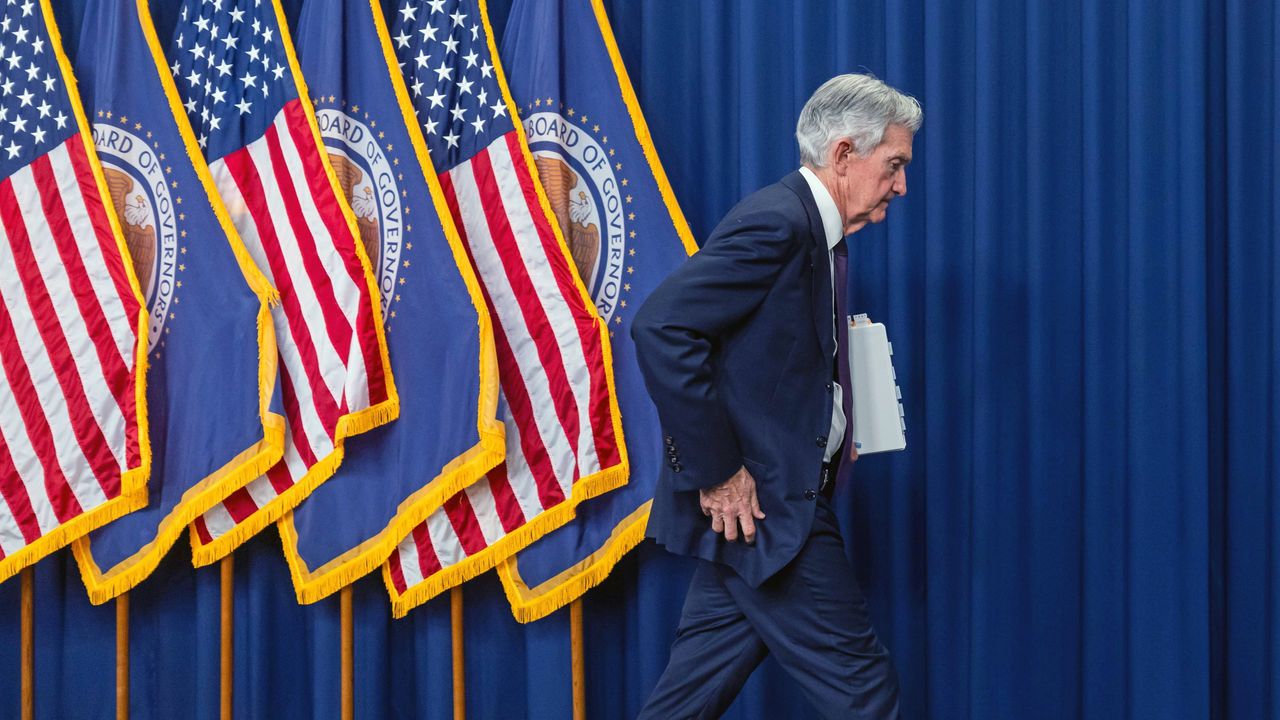Understanding Inflation: Causes, Effects, and the Fed's Balancing Act

Inflation is a topic that affects everyone, from families budgeting for groceries to businesses planning long-term growth. As prices rise and the value of money shifts, understanding what drives inflation and how it impacts the U.S. economy is crucial for making informed financial decisions.
What Is Inflation?
Inflation refers to the general increase in the prices of goods and services over time. When inflation occurs, each dollar you own buys fewer goods and services than before. While moderate inflation is a sign of a healthy and growing economy, rapid price increases can erode purchasing power and make day-to-day living more expensive.
Key Drivers of Inflation in the US
Several factors can lead to inflation:
- Demand-pull inflation happens when the demand for goods and services exceeds supply.
- Cost-push inflation arises when the cost to produce goods increases, such as through higher wages or supply chain disruptions.
- Government policies and international events, like tariffs or geopolitical tensions, can also influence inflation rates.
A recent report from NBC News highlights how political actions—such as new tariffs—can create economic uncertainty. These events have put pressure on prices, making it more challenging for the Federal Reserve to maintain stability between inflation and unemployment.
How the Federal Reserve Responds to Inflation
The Federal Reserve (Fed) plays a critical role in controlling inflation through monetary policy. When prices begin rising faster than the central bank’s target, it often raises interest rates. Higher rates make borrowing more expensive, which can cool spending and investment. Conversely, the Fed can lower rates to stimulate a sluggish economy.
Recently, the Fed has faced what some call a “no-win dilemma.” According to The Economist, the Fed has opted to keep interest rates steady despite growing risks from both rising inflation and higher unemployment figures. This decision reflects the complex balancing act central bankers face when setting policy under uncertain global conditions.
Inflation's Impact on Consumers and Businesses
For consumers, persistent inflation can mean higher costs for everyday essentials like food, gas, and housing. It may also prompt wage increases, though these often lag behind price hikes. For businesses, rising input costs can squeeze profit margins or force them to raise prices further, feeding the inflation cycle.
The current economic landscape underscores the far-reaching effects of inflation. As detailed in NBC News’s coverage, even small policy shifts can ripple throughout the economy. Business leaders, workers, and policymakers must all adapt quickly to these changes.
Navigating an Inflationary Economy
Inflation remains a central concern for policymakers, households, and investors alike. Watching the Federal Reserve’s moves—such as those reported by Wall Street Journal—can help you anticipate potential changes in interest rates or financial markets. Staying informed and flexible is key to protecting your financial well-being when prices are on the rise.
Whether you are saving for the future or running a business, monitoring inflation trends lets you make smarter choices. By understanding what drives inflation and how leaders respond, you can better navigate the ups and downs of the US economy.